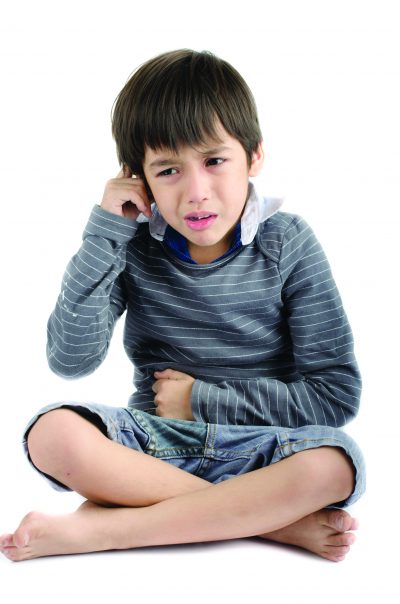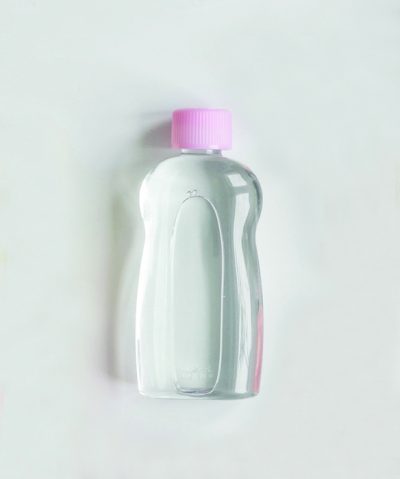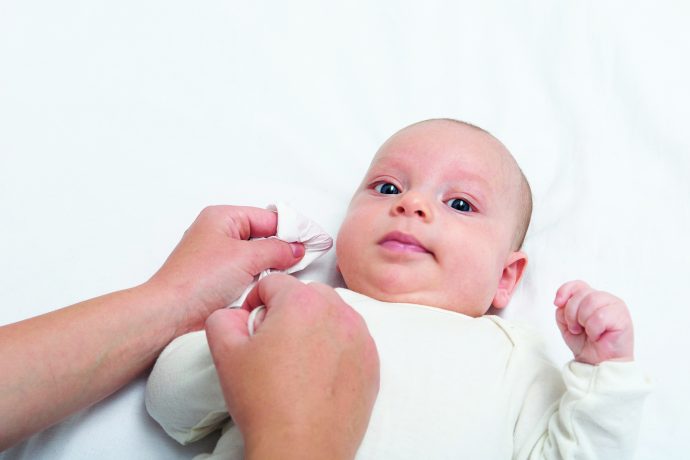Do you have a habit of using cotton buds to clean the inside of your ears? Do you do that to your child as well? Know this: ear cleaning is unnecessary and may lead to harm.
First, we need to understand the function of the earwax (or cerumen). It acts as a barrier against bacterial, fungal and viral infections, as well as against insects and water contamination. It also lubricates the ear canal to keep the skin inside healthy and maintains the acidic environment (pH 5.2-7.0) to prevent infection. Without it, we are more prone to ear infections and our ears would easily become dry and itchy.
When it comes to cleaning, the ear has a way of cleaning itself through our jaw movement. As we chew or move our jaw, the old earwax gradually shifts out of the ear canal to the ear opening. Outer ear canal hair motility also helps push the wax out. Earwax includes particles of dead skin from skin shedding.
Ear cleaning gone wrong
Ideally, a child’s (and adult’s) ear canals do not require any cleaning to remove earwax. The same applies for babies – never clean the inside of their ears using cotton buds or anything else. Unnecessary and inappropriate ear cleaning can lead to problems:
- Trauma and bleeding to the ear canal skin, causing infection (acute otitis externa)
- Injury to the eardrum, causing perforation, pain and hearing impairment
- Bleeding of the ear canal
- Pushing the wax further inside, causing impacted wax and ear blockage
Ear blockage

Some people may experience an excess build-up of earwax, which then forms an earwax plug that either partially or fully blocks the opening of the ear. This can also happen when the earwax gets pushed deeper into the ear due to improper cleaning methods, especially if cotton buds are used regularly.
Your child may have ear blockage if she complains of:
- Earache or other pain/discomfort in her ear.
- A feeling of ‘fullness’ in her ear, as if there is something stuffed inside.
- Tinnitus or ringing in her ear.
- Partial loss of hearing, which gradually worsens as the earwax plug ‘grows’. This is the most common symptom.
Studies indicate that removing an earwax plug can improve hearing by as much as 10 decibels. For comparison, the difference between a whisper and normal conversation is around 20 decibels.
What can parents do?

For regular cleaning, gently clean the outside of your child’s ears using a washcloth. In case of excessive earwax or formation of earwax plug, here’s what you can do:
- Natural remedy. Apply a few drops of baby oil, olive oil, mineral oil or glycerine to soften the earwax near the outer part of the ear.
- Cerumenolysis agent. Use an earwax-softening (cerumenolysis) agent, which is available over-the-counter in the form of ear drops or topical ear sprays.
- Consult an ENT specialist if the earwax is too impacted, causing intolerable ear discomfort or the above methods fail to solve the problem. Procedures that will be used include endoscopic or microscopic removal of earwax, suction clearance or ear irrigation.
NEVER use:
- Hydrogen peroxide. It can worsen the situation if the problem was not caused by earwax but something more serious.
- Ear candles. These are not effective and can potentially cause injuries such as burns, or may pierce or tear the lining of the ear during insertion.
| Other ear care tips
● Never place objects into the ear canal for any purpose, including for cleaning (teach this to your child from young). ● Never hit the head in attempts to dislodge anything in the ear. ● After any ear injury, do not blow your nose. ● Take precautions to prevent water from entering an injured ear. ● Always treat ear injuries/infections immediately. |
Parents should understand the importance and benefit of earwax. You should also be able to differentiate between simple earwax and infections, as treatment may differ. See a specialist for any serious case as he will have the proper equipment to examine your child’s ear canal and remove earwax plugs.






Comments